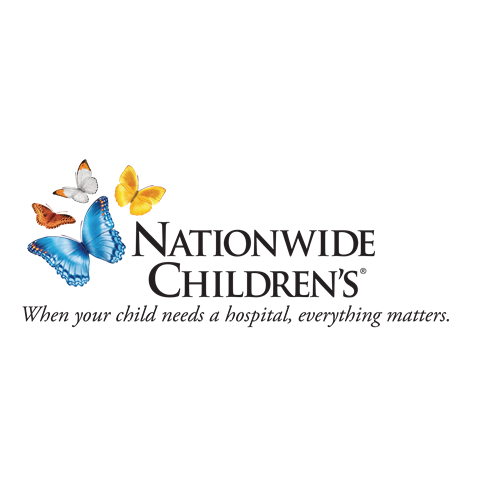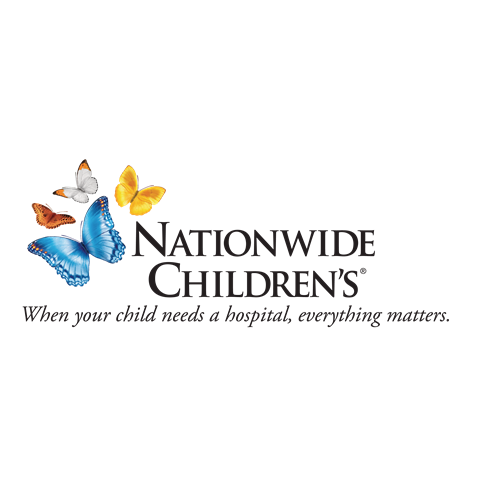Available Technologies
# of Displayed Technologies: 5 / 5
Categories
Solving Healthcare Language Barriers with Machine Learning and Crowdsourcing
TS-003677 — The IP addresses a critical issue in healthcare: language barriers faced by patients and healthcare providers. As populations become increasingly diverse in language preferences, ensuring effective communication in healthcare settings is essential for delivering high-quality care. This IP proposes a system that combines machine learning with crowdsourcing to augment existing language services in healthcare. By leveraging automatic machine translation, which is then verified or corrected by certified medical translators and interpreters, this system aims to bridge the gap in communication between patients with limited English proficiency (LEP) and healthcare providers. It offers several advantages over traditional interpretation and translation methods. Unlike relying solely on internal interpreter services or third-party vendors, this system provides a more seamless and efficient approach to language services. Routine and short conversations, such as those between receptionists and patients or nurses and patients, can be facilitated without the need to engage certified services, improving the overall experience for both patients and healthcare staff. The establishment of a resource pool with certified translators and interpreters enhances accessibility and capacity, potentially reducing turnaround times for translation services. Additionally, the integration of a knowledge base with pre-translated FAQs in various languages further enhances the efficiency of communication in healthcare settings. The IP offers a unique solution to a widespread problem in healthcare. Its innovative approach utilizing machine learning and crowdsourcing appeals to healthcare organizations seeking to improve communication with LEP patients while optimizing resource utilization. While the IP is currently in the conceptual stage, its potential applications extend beyond immediate implementation. It could be integrated into various healthcare systems and services, to facilitate communication across diverse patient populations, thus improving overall healthcare outcomes.
- College:
- Inventors: Huang, Yungui; Chandawakar, Aarti; Decker, Emily; Hoffman, Jeffrey; Huang, Valerie; Lieser, Tyler
- Licensing Officer: Corris, Andrew
Preventing Workplace Violence in Healthcare: Situational Awareness and De-Escalation Virtual Reality Training
TS-003664 — This IP seeks to address workplace violence in healthcare settings through virtual reality (VR) training. It aims to enhance situational awareness and de-escalation skills among healthcare staff to mitigate potential violent encounters before they escalate into crises. Recognizing the challenges posed by patient aggression, particularly in behavioral and mental health contexts, the IP underscores the importance of effective training in recognizing and managing escalating situations. By leveraging VR technology, the training offers a safe and immersive environment for healthcare professionals to practice critical skills (e.g., situational awareness, de-escalation techniques, and safe physical positioning during encounters with agitated patients). The proposed VR platform encompasses various simulated scenarios, tailored to pediatric and adult settings, to provide realistic training experiences and personalized feedback. The IP, which is currently in the conceptual stage, not only addresses current training gaps but also offers scalability and adaptability for future applications in hospital settings and mental health-focused industries.
- College:
- Inventors: Maa, Tensing; Fristad, Mary; Huang, Yungui; Luna, John "John"
- Licensing Officer: Corris, Andrew
 Caring Contact Service Automation and Management
Caring Contact Service Automation and Management
TS-002166 — Education and awareness about mental health increased the demand for better digital programs so health care professionals can reach patients outside the clinical setting. Researchers at Nationwide Children’s Hospital created a program that sends multimedia text messages to encourage positive thinking and to reduce chances of readmission to behavioral health hospitals.
Before the Caring Contact Service Automation and Management, clinical coordinators needed to manually send text messages to patients and to track their enrollment in the program. With this program, patients will be enrolled into the program and will receive the confirmative messages with configured …
- College:
- Inventors: Ackerman, John; Huang, Yungui; Oiler, Brannon; Thomas, Glenn
- Licensing Officer: Corris, Andrew
 A Virtual Reality Simulation to Aid in Exposure to Therapy for School Avoidance
A Virtual Reality Simulation to Aid in Exposure to Therapy for School Avoidance
TS-001036 — School can be a daunting experience. Constant motion, public speaking and a new environment can increase anxiety in children, sometimes leading to school avoidance. A team at Nationwide Children’s Hospital has developed a solution, where exposure therapy procedures are combined with modern technology can improve the school experience for people of all ages. Using a Virtual Reality (VR) Simulation, clinicians are able to use the multi-user capability to interact with and guide their patient through new environments such as classrooms, hallways and lunchrooms, as well as scenarios known to trigger increased anxiety such as public speaking or asking for help. Biofeedback components help collect data so that the clinician can adapt the experience to the user. Although targeted for school-aged children, this technology can be modified to treat any person with school or public phobia.
- College:
- Inventors: Huang, Yungui; DeForte, Shelly; Luna, John "John"; Mackner, Laura ; Vickery, Elizabeth
- Licensing Officer: Murrah, Kyle
 Stuttering Treatment Monitoring App
Stuttering Treatment Monitoring App
TS-000540 — A team led by Dr. Christopher Bartlett at Nationwide Children’s Hospital has developed an app to connect patients with a personalized plan created by speech therapists to aid those with a stutter. This app combines audio-visual components with text to explain an exercise, which is then recorded as the client performs it. The team expanded on this concept to include a deep neural network to provide immediate feedback, as well as the option to connect and share results on social media and with their therapist. The care provider will be able to add exercises as their patient progresses. Once an exercise is mastered, the exercise is opened permanently to the client.
- College:
- Inventors: Bartlett, Christopher; Bambach, Sven; Huang, Yungui; Oiler, Brannon
- Licensing Officer: Corris, Andrew
